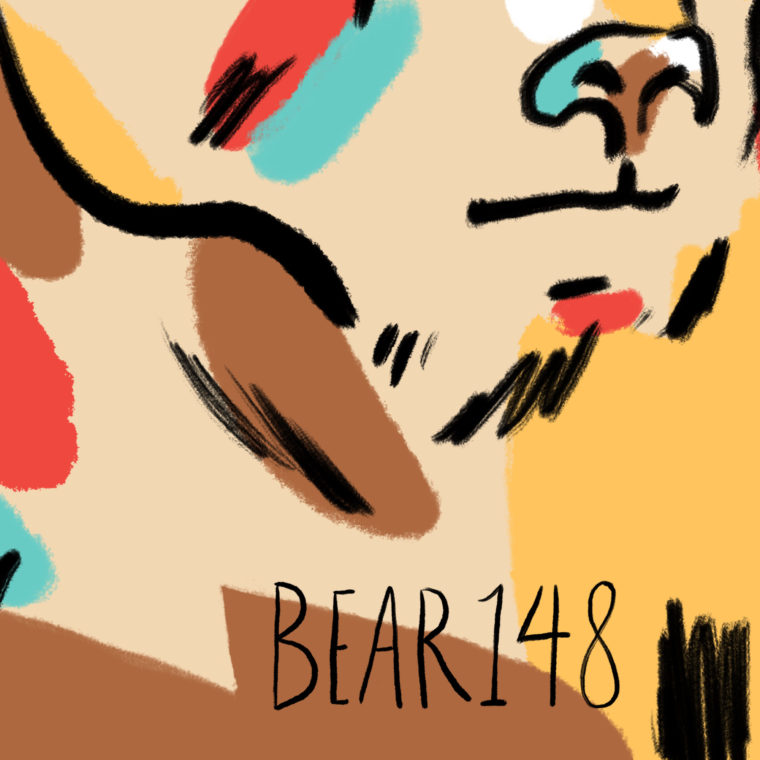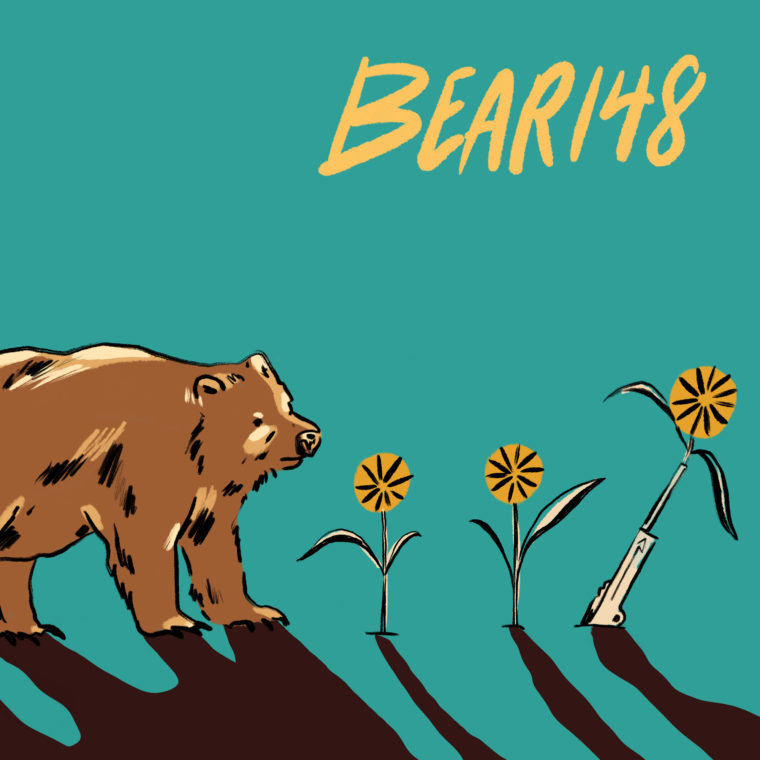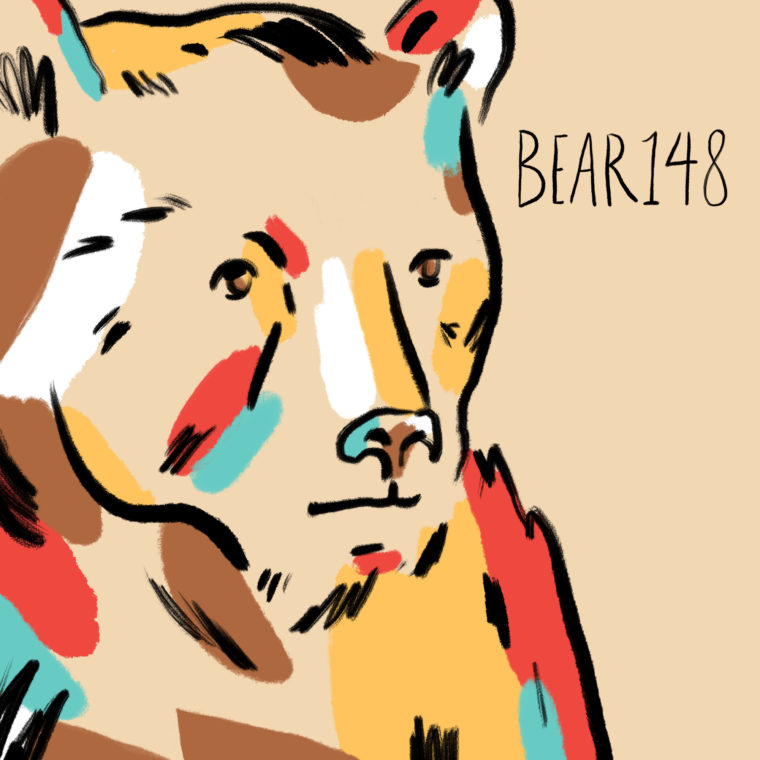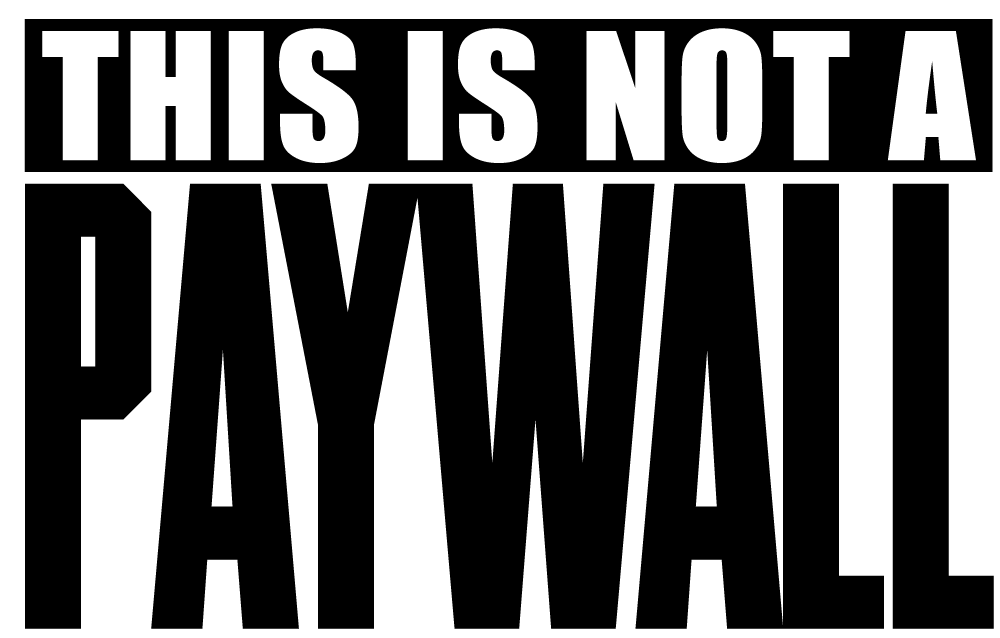It’s the final straw for Bear 148. In July 2017, after an encounter with a jogger on a park trail, Bear 148 is tracked, sedated and taken by helicopter to a place far, far away. Not long after, she wanders across the border into British Columbia, where she’s killed by a hunter.
But how was that final decision made? There are rumours about who made the final call that led to Bear 148’s death. In the midst of tracking down the answer to that question, comes another: how do we undo a half-century of bear scare?
For decades people have been told bears are dangerous and only tolerable if they stay away from us.
It’s spring and as humans emerge from their winter hibernation so too will the bears.
Can we find a new way to reimagine coexistence?
————
Featured in this episode:
Paul Frame, carnivore specialist, Alberta Environment and Parks
Jay Honeyman, human-wildlife conflict biologist with Alberta Environment and Parks
Kevin Van Tighem, former superintendent of Banff National Park and author of “Bears Without Fear”
Undercurrent soundtrack sponsored in part by Approach Media.
Podcast (episodes): Download
Episode Transcript
MOLLY SEGAL: It’s July 27, 2017. Bear 148 is eating buffalo berries and other plants – and she eats as much as she can. She’s in Canmore, near the power line and Quarry Lake, where she’s been finding a lot of food. For about the last week she keeps seeing people – or people keep seeing her. On this particular summer day she encounters a jogger. And it’s this interaction that sets into motion a series of events that will lead up to her death.
Her encounter with a jogger is the final straw. This time, the province of Alberta decides to move her far away from the Bow Valley. She wears a radio collar. It makes it easy to find her. She’s captured one day later: Friday July 28, 2017.
It’s Saturday July 29th, when a helicopter lifts her in the air and transports her about 500 kilometres northwest of her home range. She’s released in Kakwa Provincial Park near the western edge of Alberta.
For The Narwhal, this is Bear 148. I’m Molly Segal.
On this episode, I’m going to take a look at how officials made the decision to move Bear 148 so far away from her home, to part of Alberta she didn’t know. And, how things get more challenging for for grizzly bears the further away they are from places like national parks.
On August 3, 2017, just days after bear 148 was moved to Kakwa Provincial Park, one of the Bow Valley newspapers, The Rocky Mountain Outlook, writes:
“Local staff with three provincial government agencies made a consensus decision last Thursday (July 27) to close a large chunk of land on the south side of the valley near Quarry Lake and the power line to better manage 148 and the risk of human-bear conflict. However, that decision by local staff from both Operations and Parks divisions of Alberta Environment and Parks, and Fish and Wildlife, was reversed when the order came down from officials beyond the regional level to relocate bear 148.”
There was also a lot of gossip flying around about who made the final call and how this all happened. And I wanted to find out more.
PAUL FRAME: My name’s Paul Frame. I’m the provincial carnivore specialist with Alberta Environment and Parks in the Fish and Wildlife Policy Division.
MOLLY SEGAL: Paul Frame is involved at a provincial level with decisions about not just grizzly bears, but black bears, cougars and wolves.
PAUL FRAME: She was having daily encounters with people for seven days. And on the seventh day, she came to within one metre of a man. And that was when we decided that it was time to remove that bear from the landscape there.
MOLLY SEGAL: OK, who is we, when you’re saying we decided to to move her, who who sort of makes that final call?
PAUL FRAME: Environment and Parks.
MOLLY SEGAL: Who actually decides that, you know, if there’s disagreement amongst various people, I don’t know if there was, but is there one person who has the final say in this?
PAUL FRAME: No. And it wasn’t a decision made by one person.
MOLLY SEGAL: So was the decision unanimous?
PAUL FRAME: The senior, senior managers at Environment and Parks. People well above the people who were discussing it at the level of people that maybe you’ve been communicating with. So I know that there was some some dissatisfaction with the decision from people at kind of my level in the decisions that the, the kind of direction that we had been discussing. But, yeah senior managers made the final decision.
MOLLY SEGAL: Senior managers. Honestly, I had hoped for an answer that was more clear, mostly because of the number of people I heard ask that very question. In general, there are guidelines that the province follows when it hears about a grizzly bear and human encounter. There’s a document to help wildlife managers across the province figure out what to do when grizzly bears and people interact.
PAUL FRAME: We have a matrix at the end of our response guide.
MOLLY SEGAL: This matrix outlines things like how old the bear is and whether it’s male or female. As well as what the bear has done – like getting into a farmer’s crops, or coming into contact with a person. And then there are things managers can do in each situation. It seems fair to say that based on this matrix, another bear who was near as many people as Bear 148 was, may have been moved far away sooner. Or maybe would have been shot – or “euthanized” as they say.
I want to give you a bit of context here. Grizzly bears were listed as a threatened species under Alberta’s wildlife act in 2010. When an animal is called threatened, it’s kind of a warning it could become endangered. So, the province said, hey, let’s get more grizzlies back on the landscape. But the goal was more like, OK, let’s have grizzly bears in really select parts of the province. Most of those parts are in and around the mountains in the western part of the Alberta. The province calls those “core” areas for grizzly bears. Then there are what’s called “secondary” and “support” zones.
PAUL FRAME: So we have different levels of tolerance for human-bear conflicts in the different zones. East of the support zone is an area where we do not, we’re not intending to try and recover grizzly bears.
MOLLY SEGAL: Generally speaking, as you move east in Alberta, more space is taken up with cities and towns. There’s also farmland. But before those things were there, grizzly bears actually lived in that area. So the areas where we have farms today, are places grizzly bears used to be. The province doesn’t want to encourage bears to be in those places for safety reasons. But bears still live in or travel through some of those areas.
PAUL FRAME: If a female with a couple of cubs is killing goats on a mennonite colony, we would catch and translocate those bears. So the translocation or loss of an individual bear is not a significant population threat.
MOLLY SEGAL: A quick side note here about numbers. In 2010, the province estimated there were about 700 grizzly bears. The latest numbers aren’t entirely clear yet. Because scientists haven’t actually finished counting grizzly bears in every part of the province. It takes a long time and it costs a lot of money. But so far, there are some areas in the province where the number of grizzly bears has gone up. Some areas where they don’t yet have an updated number. And other areas where the number of bears has actually decreased.
A grizzly bear’s home range is really big – roughly 500 to 2,500 square kilometres. On the small end, that’s more than four cities of Vancouver. On the large end, that’s about three cities of Calgary – it’s a lot of space. The Alberta government doesn’t want bears to be everywhere of course, but bears don’t necessarily follow government rules. Jay Honeyman.
JAY HONEYMAN: So I mean, if you’ve grown up in Banff National Park and you drift out of the park and you start wandering around out to the east on private lands, tolerance levels out to the east are variable. You know, we’ve got everything from people that want to take a picture of the bear, feed the bear and shoot the bear, and they might all be neighbours.
MOLLY SEGAL: Heading east for a bear is kind of like the wild west in terms of what it can expect. Even though there is no legal grizzly hunt in Alberta, some of them are still shot illegally. The maximum fine for that is $100,000.00.
In the early days of Banff National Park, hunting predators, like grizzly bears, was allowed. But more than a century of changes to bear management and things have changed a lot. Kevin Van Tighem, one of Banff National Park’s former superintendents, calls it a paradigm shift.
KEVIN VAN TIGHEM: By necessity, I would argue, Alberta Fish and Wildlife is by necessity managing essentially around that 20th century paradigm where the way to keep bears and people safe is to keep them separated. And I don’t think it was explicitly stated and I’ve had people argue with me that I’m dumbing it down, but I’m sorry I’m dumbing it down because that really is what it translates to is that we basically managed bears for the last half of the 20th century around fear. We told people that bears were dangerous, unpredictable and we tried to keep people scared of them so they wouldn’t feed them, so they wouldn’t approach them, so they would you know avoid them. And we tried to keep bears scared of people.
I think where the tension zones come up is around bears like Bear 148 where they start to encounter a public that doesn’t like that because they see this bear as being a neighbour and they don’t see this as being dangerous and they don’t like its removal because they feel that that’s, that was an expression of hyper fearfulness. So really, Fish and Wildlife is currently experiencing the tension that comes when your management paradigm is starting to develop friction around where your public is prepared to go.
MOLLY SEGAL: Today is -16, which is balmy by polar vortex standards here. Kevin and I chat near the off-leash dog park and Quarry Lake in Canmore. Quarry Lake is just down the power line trail. That’s the spot where things got tricky for Bear 148.
KEVIN VAN TIGHEM: If we focus in on individual animals like Bear 148, we can really get ourselves depressed in a hurry because we see failure. Bear 148 was a growing pain but she was a learning experience and she moved us to a different place. She created this dialogue that we’re having in the Bow Valley right now. Her death was not in vain. It was unfortunate, it was wrong. It was the result of management mistakes. Yes, but it was also the initiative for a bunch of dialogue and a lot of management changes.
MOLLY SEGAL: A growing pain and a learning experience. Bear 148’s life became a canvas for people to paint what version of her they felt was true. A threat to people. A symbol of wildness. A sign of the toll a growing community takes on wild animals. But my guess is, she wasn’t really any of those things. She was a wild grizzly bear. One that walked across an invisible border and got more than the berries and dandelions she was looking for.
In the Bow Valley, a grizzly bear is just one of many wild critters. Black bears, cougars, wolves and coyotes. Wolverines and foxes. Elk, deer, sheep and goats. Most of the animals live and die here without gaining local celebrity status.
When I met Kevin, the dog park was blanketed with snow and Quarry Lake was frozen solid. But as the lake melts out, people will return to this spot. And so will bears.
Thank you for listening to the final episode of Bear 148.
SHOW CREDITS: This podcast was created by me, Molly Segal, with editorial support from Emma Gilchrist and Carol Linnitt. Cover art for our show by Justine Wong.
Bear 148 was made with the support of the Yellowstone to Yukon Conservation Initiative and the Alberta chapter of the Canadian Parks and Wilderness Society.






